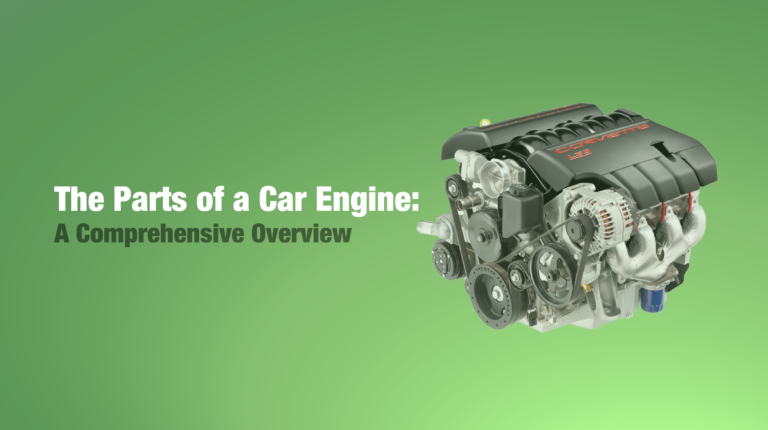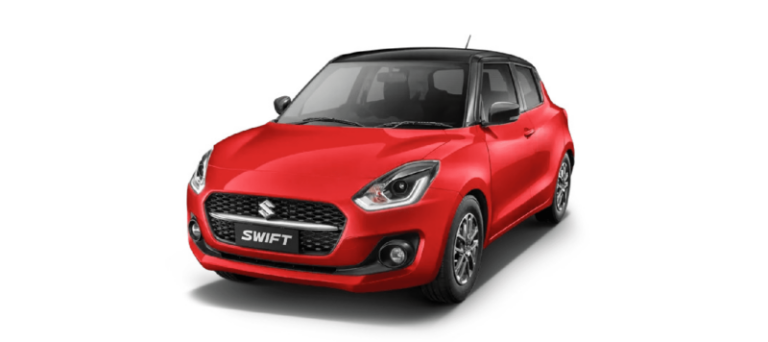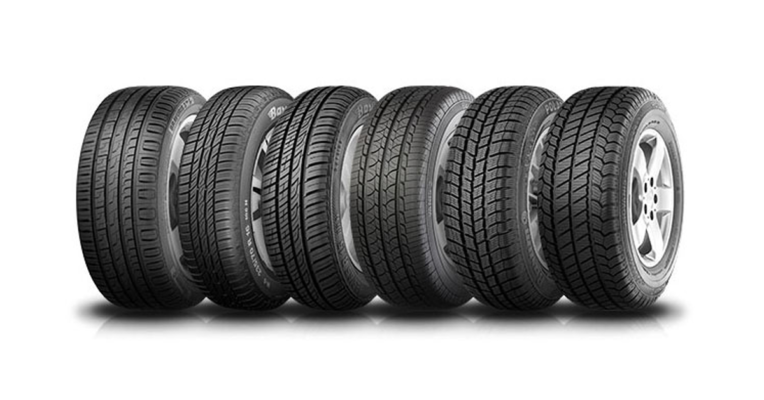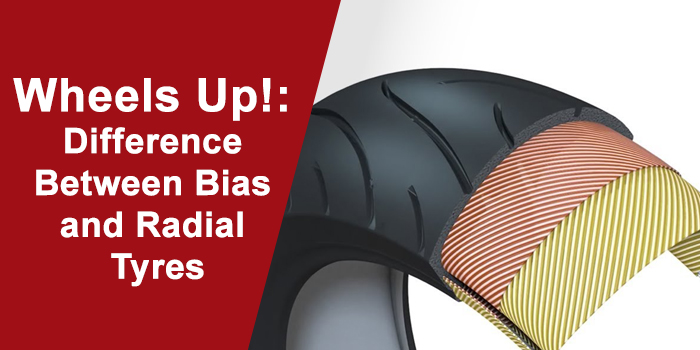
They get you moving in no time and ensure that your ride is comfortable and smooth. Yes, we are talking about tyres; a component that makes modern-day cars what they are. Much beyond mobility, tyres play a crucial role in determining your vehicle’s overall safety. This is why choosing the right type of tyre is a must. And amongst the most popular tyre types are radial and bias tyres, which come with their own set of advantages and disadvantages. So here’s an in-depth difference between bias and radial tyres.
Car Tyres and Why Are They Important?
While they might seem little, tyres play a mammoth role in the overall safety of your drive. After all, tyres are the only thing that touches the ground, controlling the way your car manoeuvres, steers, brakes and handles the pits and pots of the road might challenge you with. In fact, it wouldn’t be wrong to say that the safety of the car your drive starts with the tyre itself.
Another big factor that your tyres determine is your vehicle’s braking distance and time, which can turn out to be a huge difference when you need to think on your feet. Additionally, tyres have a substantial role to play in avoiding your vehicle from slipping on wet roads. In totality, a tyre is as crucial as an airbag or even a seatbelt.
Also read Tyre Construction: Its Parts and Their Function
Know your tyre
A tyre can only come in handy when it is of the right type and fit. But before you head out and choose your tyre type, knowing the basics is a must. More than just a revolving piece of rubber, a tyre is actually a sophisticated component that typically comprises the following basic parts:
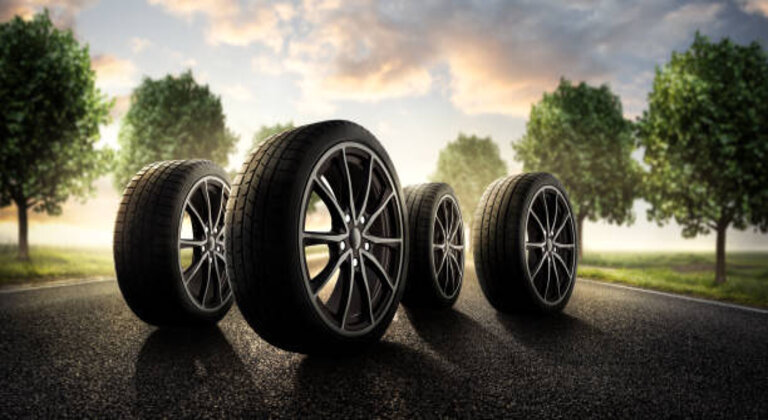
- Tread: The most obvious and most heard of part of a tyre, the tread is the outer layer of a tyre that physically comes in contact with the road and is designed to provide grip and cushioning. A fun fact: Treads are only a third of their total weightage.
- Bead: Holding the tyre firmly on the rims, beads are manufactured from steel and coated in brass or bronze to prevent corrosion, before being once again coated with rubber. Needless to say, beads are one of the strongest components of a tyre.
- Sidewall: Placed between the tread and bead, the sidewall is made up of a thicker layer of rubber that helps in giving the tyre stability and protection/resistance from kerbs and abrasions.
- Belt: Found below the tread, the main aim of the belt is centrifugal force resistance which if not taken care of would distort the tyre while it’s in motion. While a typical belt is made up of steel, sometimes even materials like Kevlar are added.
- Plies: Placed below the belt, piles are layered that provide strength and resist pressure to the tyre among other functions. They comprise several layers of textile materials like nylon, rayon or kevlar squeezed between rubber like a sandwich and is
- Inner Liner. The inner liner is a component that lies beneath the plies and is the part that is inflated under pressure. In simpler terms, the inner liner can be understood as the ‘inner tube’ of the tyre. For obvious reasons, the Inner Liner is made up of airtight rubber.
Also Checkout difference between Low Profile Tyres Vs Normal Tyres Vs High Profile Tyres
Difference Between Bias and Radial Tyres
Automotive Tyres are now engineered differently to serve a specific desired application and purpose. While some are specifically designed for a safe and comfortable driving experience onboard passenger cars, others are built to suit heavy-duty vehicles. Moreover, tyres greatly vary in not only in terms of price, design and size but also in terms of how they are built. On the basis of their construction, tyres can generally be classified into two broad categories; Bias and Radial Tyres.
Must read Different Types Of Tyre Tread Patterns
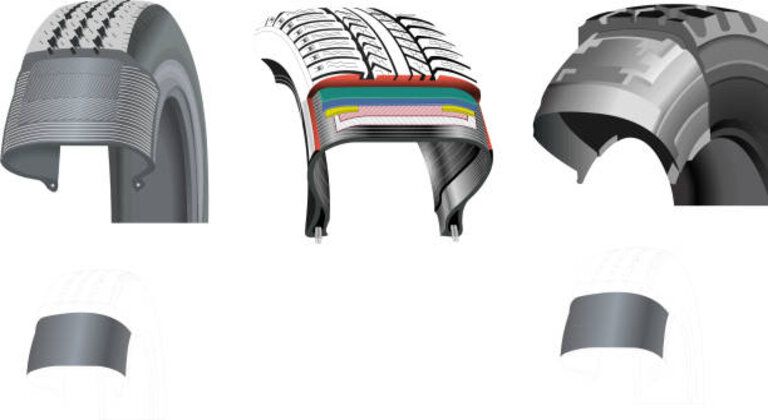
Bias/ Bias Ply Tyres
Also known as bias ply tyres, these are tyres that are known to offer a much higher resistance against wear, while at the same time maintaining better bonding with the road. A bias tyre typically consists of carcass layers made up of criss-cross rubber-coated nylon cords that are placed diagonally along each other in the sidewalls and the tread is usually at an angle of 30 to 45-degree angle. Since multiple layers are piled over one another to form a thick layer, bias tyres are a little less flexible and a bit more prone to overheating. Nonetheless, bias tyres have a really strong sidewall.
Also read The Pros And Cons Of Bigger Tyres On Your Vehicle

Pros of Bias Tyre
- High overall stability
- Better resistance from sidewall damage
- Economically cheaper with low manufacturing cost.
- Smoother ride and comfort on uneven surfaces.
- Higher load-bearing capacity.
- Easy to repair.
Cons of Bias Tyre
- High rolling resistance reduces fuel economy and makes the tyre heat up quickly.
- Rigid construction can be less comfortable on flat roads.
- Higher traction level and faster treadwear.
- Lesser grip at high speed.
Also read Have A Smooth Ride If You Know How Often To Fill Air In Tyre
Radial Tyres
Unlike bias ply tyres, radial tyres are quite different in terms of construction and overall utility and advantages. Radial tyres are made up of steel belts that run across the tyre radially, i.e. perpendicularly (90-degree angle) from the central tread line. On top of this steel belt, in the tread layer, there are alternating layers of body cords as well that keep the sidewall thinner and allow the tread to independently function. The construction of radial tyres is such as there is always a low sidewall flex which does not get transferred to the tread area as well, which helps a riad tyre achieve maximum grip at all times.
Must read Summer Tyres vs Winter Tyres vs All-Season Tyres: Which one should I choose?
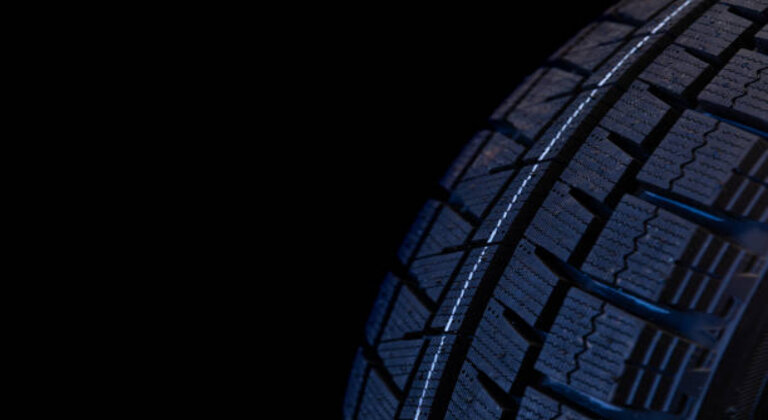
Pros of Radial Tyre
- Low rolling resistance and increased efficiency
- Longer lifespan and uniform wear, thanks to uniform contact with the road
- Less heat generation even at high speeds
- Better braking efficiency
- Better resistance to cuts and punctures
- Better stability
Cons of Radial Tyre
- Stiffer ride quality at low speeds on rough roads due to steel belts.
- Softer sidewall more prone to damage
- Rougher tread leads to higher noise while in motion
Radial Tyres vs Bias Tyres: Puncture Resistance
When it comes to overall puncture resistance, thanks to their unique steel belt construction, radial tyres offer better resistance from cuts, punctures and deep penetrations, especially in the tread area. Moreover, the construction of a radial tyre is such that even in case of damage, only a small position will be affected. On the other hand, bias tyres are puncture, cut and penetration resistant from the sidewall area. Any damage caused in the tread area can greatly affect as much as 35% of the tyre.
Also read Find Out All About The Process Of Tire Regrooving In Detail
Radial vs Bias Tyres: Traction
In terms of traction, it is seen that radial tyres offer a rougher and stiffer tread that gives the vehicle a wider footprint and can evenly distribute weight. All this translated to better, consistent and steady contact with the road giving superb traction along with uniform wear and a longer lifespan.
On the contrary, the crown and sidewall in bias tyres are independent. This means that a considerable portion of the tread lifts up when the sidewall deflects. This causes uneven and faster wear, meaning shorter life.
Also read Which Tyre to Buy for Your Car
Radial vs Bias Tyre: Ride Comfort
Due to better traction and even distribution of weight, radial tyres offer better overall ride comfort and quality and are hence the first choice for passenger cars and SUVs.
When it comes to bias tyres, while the smoothing isn’t as good as radial tyres, their tough sidewall makes up for the loss, making bias tyres perfect for heavy-duty and load-bearing vehicles/trucks.
Also Checkout How To Change A Flat Tire [A Detailed Guide]
Bias vs Radial Tyres: Heat Reduction
In terms of heat, radial tyres have a major advantage over bias tyres, since they are constructed from a single steel body with a tough trendline. This helps radial tyres go the distance without heating up. In contrast, bias tyres tend to heat up easily, especially if travelling a long distance at high speeds.
Which One to Choose?
While in terms of design and construction, bias tyres are relatively old, they still serve their purpose well. If you happen to be a hardcore off-roader then a bias ply tyre can come in handy thanks to its tough sidewall that can take up the stress exerted by rough and difficult terrains. Bias tyres are also the main choice for heavy-duty/load-bearing vehicles to date.
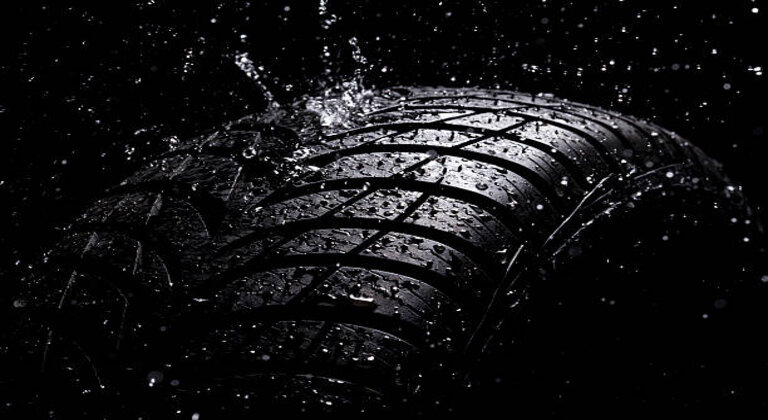
However, when it comes to overall comfort and ease, radial tyres are the go-to products. Despite being more expensive, radial tyres are preferred to be fitted on all passenger cars due to their long life.
Also read 9 Amazing Methods to Reduce Tyre Noise While Driving
Conclusion
Modern-day tyres have come a long way. More than just mobility tyres have transformed the way we drive. And since vehicles serve different purposes for different users, so do tyres. Both Radial and Bias tyres are built to serve their specific purpose which determines what a user will choose. For overall comfort and everyday usage, radials are the go-to tyres, while for heavy-duty/load-bearing vehicles, bias-ply tyres still seem the solution.
We hope you found this article on Top Tyre Companies in India useful, as it should help you make a decision on upgrading your ride. Check out some of our other blogs such as The Top 15 Tyre Companies In India and Hydroplaning Basics Explained or visit Carorbis Blog for more.
Frequently Asked Questions
Q1: What is a Radial Tyre?
Ans: Radial tyres are made up of steel belts that run across the tyre radially, i.e. perpendicularly (90-degree angle) from the central tread line.
Q2: What is a Bias Tyre?
Ans: A bias tyre typically consists of carcass layers made up of criss-cross rubber-coated nylon cords that are placed diagonally along each other in the sidewalls and the tread is usually at an angle of 30 to 45-degree angle.
Q3: Are Car Tyres Important?
Ans: While they might seem little, tyres play a mammoth role in the overall safety of your drive. After all, tyres are the only thing that touches the ground, controlling the way your car manoeuvres, steers, brakes and handles the pits and pots the road might challenge you with.
Q4: Why Do We Need Good Quality Tyres?
Ans: The safety of the car your drive starts with the tyre itself. Tyres determine your vehicle’s braking distance and time, which can turn out to be a huge difference when you need to think on your feet. Additionally, tyres have a substantial role to play in avoiding your vehicle from slipping on wet roads. In totality, a tyre is as crucial as an airbag or even a seatbelt.
Q5: What Are the Cons of Bias Tyres?
Ans: Bias tyres have high rolling resistance that reduces fuel economy and makes the tyre heat up quickly. Bias Tyre construction is rigid and can be less comfortable on flat roads. Bias Tyres have higher traction levels and faster treadwear.
Q6: What Are the Cons of Radial Tyres?
Ans: Radial Tyres have stiffer ride quality at low speeds on rough roads due to steel belts. Moreover, its softer sidewall is more prone to damage.
Q7: What is the Advantage of Bias Tyres?
Ans: High overall stability, better resistance from sidewall damage, low manufacturing cost, smoother ride and comfort on uneven surfaces, and higher load-bearing capacity are the prime advantages of bias tyres.
Q8: What is the Advantage of Radial Tyres?
Ans: Low rolling resistance and increased efficiency, longer lifespan and uniform wear, less heat generation, better braking efficiency, and better resistance to cuts and punctures are the prime advantages of Radial tyres.

